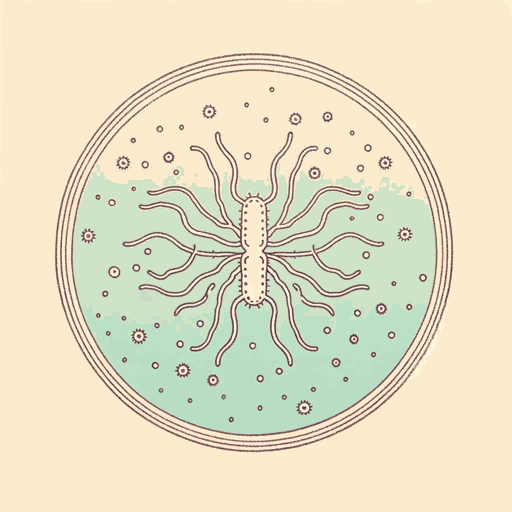91 pages • 3 hours read
W. Somerset MaughamThe Painted Veil
Fiction | Novel | Adult | Published in 1925A modern alternative to SparkNotes and CliffsNotes, SuperSummary offers high-quality Study Guides with detailed chapter summaries and analysis of major themes, characters, and more. For select classroom titles, we also provide Teaching Guides with discussion and quiz questions to prompt student engagement.
Themes
Inequality in Love
Asymmetric romantic relationships dominate The Painted Veil. For Maugham, being in love necessitates engaging in a power dynamic where one party is stronger and more influential. As Maugham is writing in and about a patriarchal society, the man in a heterosexual relationship has institutional power over his female partner. However, in Kitty’s relationships with Walter and Townsend, Maugham shows that the party who is more attached and invested in the relationship also occupies a vulnerable position.
In the Fane marriage, Walter’s breadwinner status gives him the power to determine Kitty’s location, standard of living, and social standing. She resents that Walter’s occupation determines her social position and blames this for her access to a more limited social scene than that of her youth in England. Her marriage has also stuck her in a colonial outpost that she hates and finds “difficult” (10). However, Kitty’s indifference to Walter reverses the traditional power hierarchy and much of its gendered coding, as she retains her independence and mocks his emotional state of mind during and after lovemaking. Kitty is repulsed by Walter’s display of “feminine” sensitivity, and this departure from her expectations of what a man should be contributes to her physical repulsion.
Related Titles
By W. Somerset Maugham




